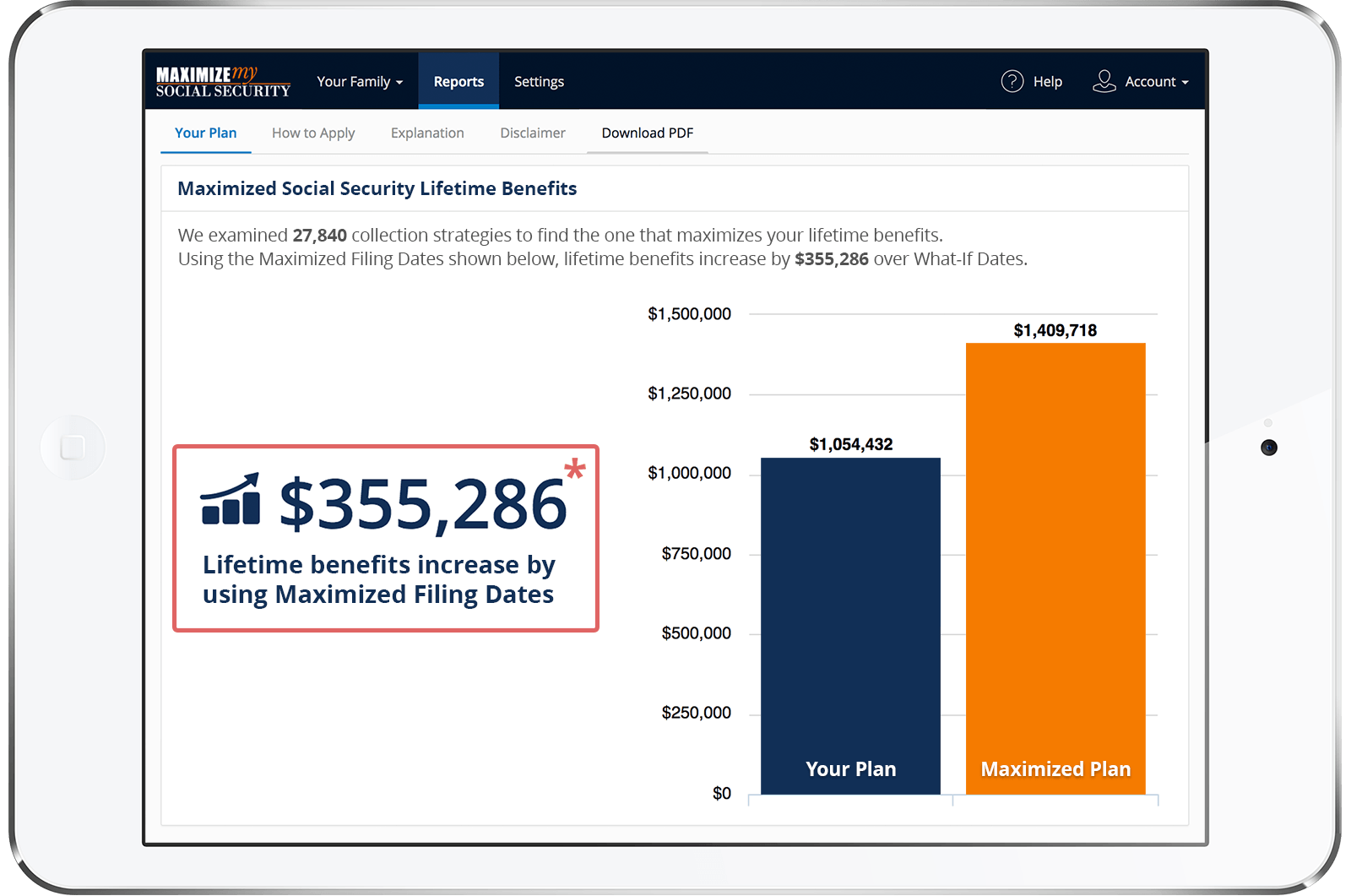I am currently helping a family friend who's husband was a military pilot that died last year in a crash. She is a young mother with 4 children in the house ranging from 4 years old to 12 years old. We have questions about keeping track of the use of the survivor benefit. I'm told that SSA wants to ensure the money is being used for the children and that the way they do that can be onerous. My question has 3 parts:
1. Where can I see a copy of the current Social Security Representative Payee report? I understand that this is a report that needs to be filled out every 12 months. The purpose is to track how the survivor benefit is being used on the children’s behalf. It’s not on their website. I’d like to see it so I know what information she will be asked to produce and then I can help her design her book keeping process around that.
2. Is there a rule of thumb for how much of the mortgage can be attributed to each child? If there’s the mother and four children can we attribute 1/5 of those costs to each child and allocate their survivor benefit accordingly?
3. I see that the investment criteria for excess money from the survivor benefit is “interest bearing savings account or US savings bonds”. I can’t find any details. Are there scenarios (like college savings for a 5-year-old) where we could invest in some equity mutual funds? From a fiduciary asset manager perspective it wouldn’t even be an option as a prudent investor to keep that money in cash for that long.
Thanks for any guidance you can provide.
Drew
Hi Drew,
Here is where you can find a copy of the representative payee report form: https://secure.ssa.gov/apps10/poms/images/SSA6/G-SSA-6233-BK-1.pdf.
The formula that you've described for determining each child's share of mortgage costs appears perfectly reasonable, and I believe that allocating their benefits on that basis would be fine. I don't think that there is a hard and fast rule for the allocation of benefits. The basic rule is that benefits must be used for the child's support and maintenance, or saved for future needs.
Specific rules do apply to the handling of conserved benefits received on behalf of another beneficiary. The intent of the rules is to assure that such funds are insured, and are not placed in any type of at risk investment. For more information, refer to Social Security's website: https://www.ssa.gov/payee/rp_conservedfunds.htm.
Best, Jerry
